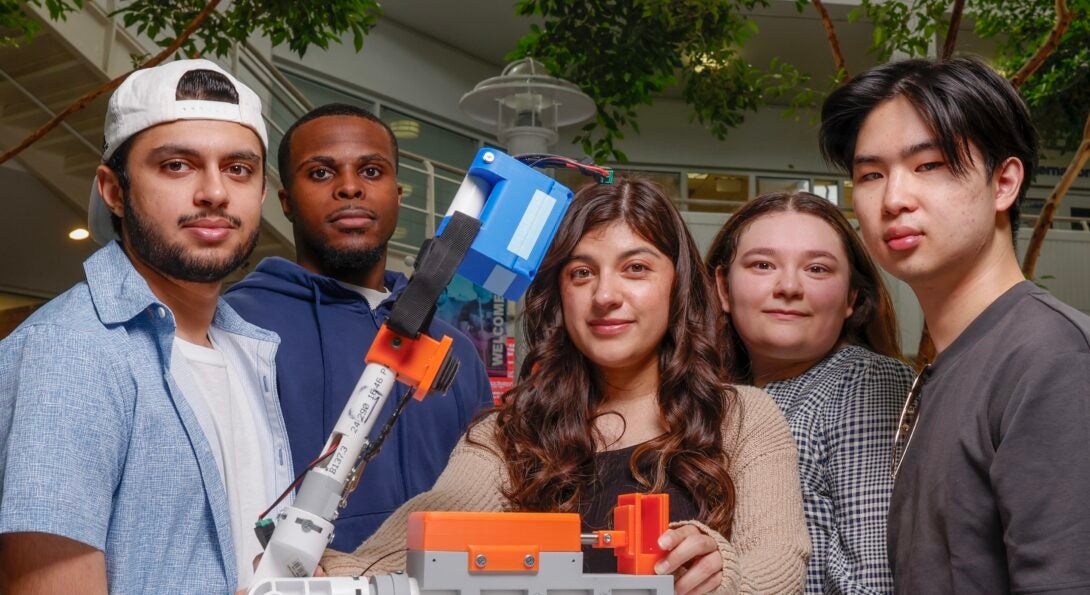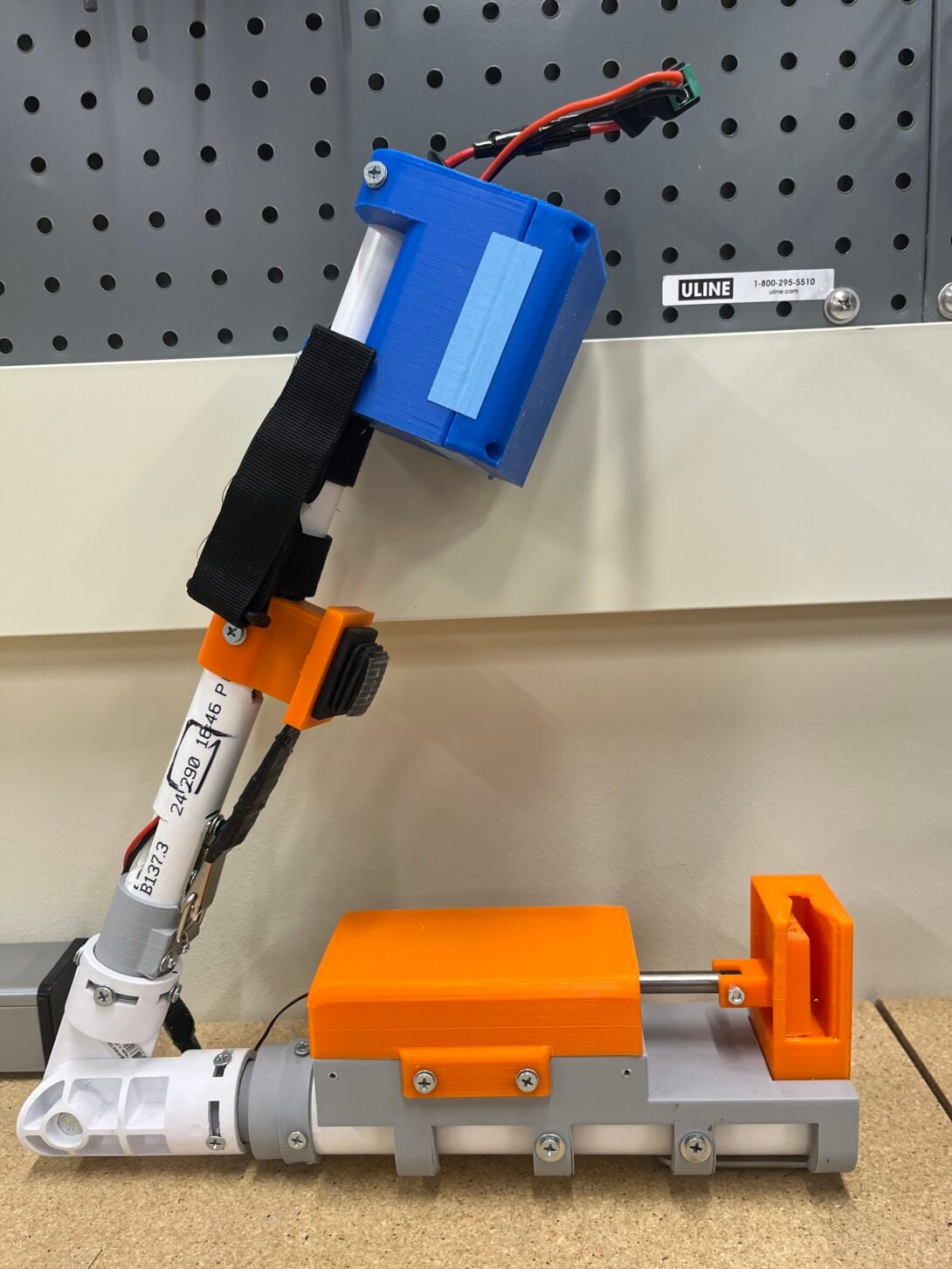Senior design group enhances independence for paraplegic people through device

blockf

According to the Cleveland Clinic, “paraplegia is a specific pattern of paralysis, which is when a person can’t deliberately control or move their muscles, that affects the legs. This happens because of a problem with the nervous system. Depending on how it happens, this paralysis may have different effects on some body systems or processes.”
In doing so, it affects how electrical signals throughout the body get sent to/received by other parts of the body. For example, if a person ends up with a spinal cord injury, depending on the severity, it might affect them not being able to parts of their body from the chest down. This includes muscle function, mobility, sensation, and internal systems, such as bowel function.
As a result of this, paraplegic people often end up using sodium docusate or known colloquially as an enema. However, the problem with this format is that it requires a caretaker to administer it, forcing paraplegic people to rely on others.
To help solve this problem that paraplegic people face with bowel dysfunction, Richard and Loan Hill Department of Biomedical Engineering seniors Javier Hung Sum, Ahmad Ishfaq, Justin Luckett, Baeleice Paves, Elisabet Oritz, and Grace Setter have been working with UI Health Division of Internal Medicine Dr. Maureen “Molly” Fausone to create a more accessible enema for paraplegic people.
Their device enables people to become more independent in solving their own bowel dysfunction. The device works by using an actuator, which essentially allows for applied force in a direction using a motor. They use the actuator to apply a force against the side of the Enemeez bottle, which is held in place in a holder, and thus expel fluid. The actuator is controlled using a switch, which when pressed in certain directions, causes the actuator to retract or extend. The design of the device allows for the extended reach required to insert the enema, and a single button solution for applying the enema.
One of the groups’ goals was that the device is small enough to be traveled with.
Prior to working with this senior design team, Fausone was also creating her own prototype to solve this issue, as she also is a paraplegic, with limited use of her hands, due to an accident when she was a teenager.
“She designed a prototype device on her own, but also had her own ideas as to how the device was working,” Ishfaq said. “She mentioned to us that something new for her was how we are going through more of an engineering process where we have to do an assessment for safety concerns and verification and validation testing. While she showed us ways that she had imagined the project, we also showed her the power of the engineering process, which has been really interesting.”
The group added that Fausone has been very hands-on and does give her full opinion and she was there to help us every step along the way.
Paves said that he believes that raising awareness of this problem and creating viable solutions will encourage the market to start creating devices like this. She added that there currently is not any competition for these devices.
The group added that every part they designed, they made sure that the device is easily replicable—more specifically, they will make the 3D printing files available, and the other materials are already available on the internet.
The group acknowledged their sponsor, Fausone, BME Clinical Assistant Professor Michael Browne, BME Clinical Associate Professor Anthony Felder, and those in the Makerspace for all of their help and guidance.
The group also have recorded an instructional video of their device: https://youtu.be/rmVlq0bOusY.